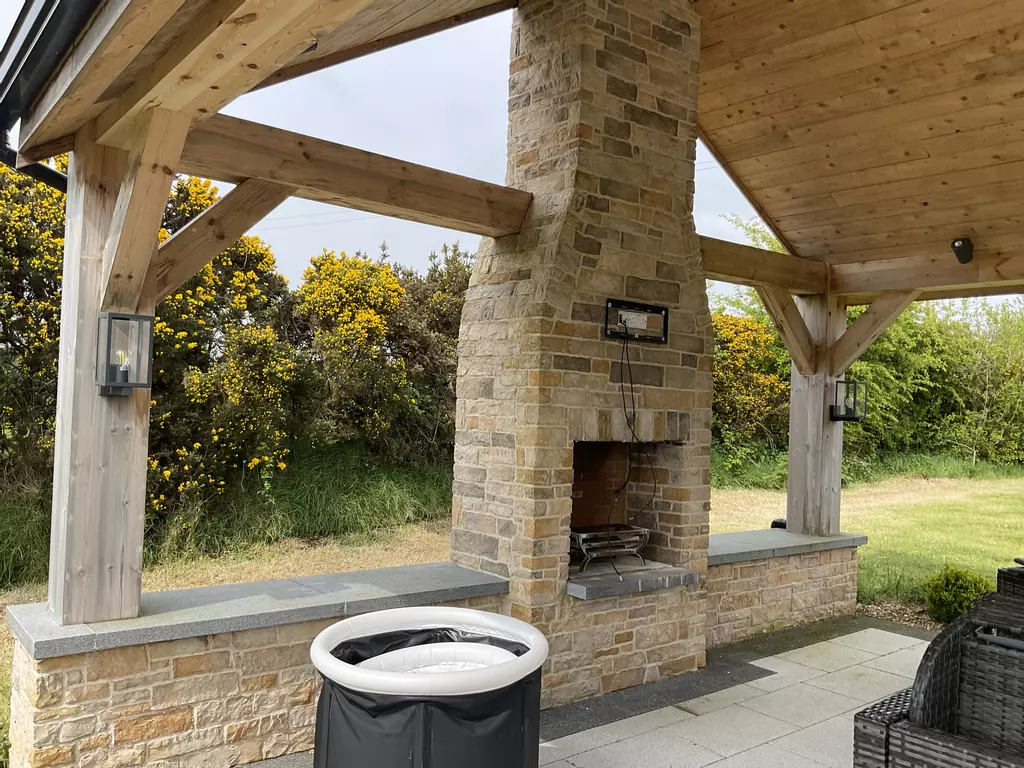Fernhill supply Nationwide - UK, Ireland, and Europe
- MENU
- HOME
-
CLADDING DESIGNS
-
- • House Projects
- • Porches and Conservatories
- • Fireplaces
- • Entrance and Boundary Walls
- • Interior Walls
- • Natural Stone Cladding
- • Thin Stone (12mm to 20mm Thick )
- • Housing Developments
- • Bars, Hotels & Restaurants
- • Brick Cladding & Slips
- • Commercial
- • Passive Sills, Reveals & Mouldings
- • Windows & Doors
-
- PRODUCTS
- ABOUT US
- FAQ
- NEWS
- CONTACT US
- ONLINE BROCHURE
MENU
- Bars Hotels & Restaurants
- Brick Cladding & Slips
- Commercial
- Entrance and Boundary Walls
- Fireplaces
- Housing Developments
- House Projects
- Interior Walls
- Natural Stone Cladding
- Passive Sills, Reveals & Mouldings
- Porches and Conservatories
- Thin Stone Wall Cladding (12mm to 20mm Thick )
- Windows & Doors
- PRODUCTS
- Manufactured Stone Cladding
- Natural Stone Cladding
- Stone Panels
- Brick Cladding
- Passive Sills/Reveals/Mouldings
- Bradstone Walling
- Vintage Ledgestone
- Stacked Ledgestone
- Mountain Ledgstone
- Mountain & Stacked Ledgestone
- Mixed Stone
- Medieval Castlestone
- European Castlestone
- Limestone
- Quarry Stone
- Highland
- Isola
- Tuscany
- Bretagne
- Coursed Weather Edged
- Deco Stone Aragon
- Deco Stone Vermont
- Alamo
- Limestone
- Sandstone
- LG Natural Slate
- Donegal Slate
- Natural Ledgestone
- River Rock
- Liscannor
- Granite
- Natural Slate Panels
- Natural Z Clad Panels
- Manufactured Ledgestone Panels
- Manufactured Vineyard Panels
- Brick Cladding / Slips
- Passive Sills/ Reveals & Mouldings
- MENU
- HOME
-
CLADDING DESIGNS
-
PRODUCTS
-
- Manufactured Stone Cladding
- Vintage Ledgestone
- Stacked Ledgestone
- Mountain Ledgstone
- Mountain & Stacked Ledgestone
- Mixed Stone
- Medieval Castlestone
- European Castlestone
- Limestone
- Quarry Stone
- Highland
- Isola
- Tuscany
- Bretagne
- Coursed Weather Edged
- Deco Stone Aragon
- Deco Stone Vermont
- Alamo
- Natural Stone Cladding
- Limestone
- Sandstone
- LG Natural Slate
- Donegal Slate
- Natural Ledgestone
- River Rock
- Liscannor
- Granite
- Stone Panels
- Natural Slate Panels
- Natural Z Clad Panels
- Manufactured Ledgestone Panels
- Manufactured Vineyard Panels
-
- ABOUT US
- FAQ
- NEWS
- CONTACT
- ONLINE BROCHURE
MENU
- Bars Hotels & Restaurants
- Brick Cladding & Slips
- Commercial
- Entrance and Boundary Walls
- Fireplaces
- Housing Developments
- House Projects
- Interior Walls
- Natural Stone Cladding
- Passive Sills, Reveals & Mouldings
- Porches and Conservatories
- Thin Stone Wall Cladding (12mm to 20mm Thick )
- Windows & Doors
- PRODUCTS
- Manufactured Stone Cladding
- Natural Stone Cladding
- Stone Panels
- Brick Cladding
- Passive Sills/Reveals/Mouldings
- Bradstone Walling
- Vintage Ledgestone
- Stacked Ledgestone
- Mountain Ledgstone
- Mountain & Stacked Ledgestone
- Mixed Stone
- Medieval Castlestone
- European Castlestone
- Limestone
- Quarry Stone
- Highland
- Isola
- Tuscany
- Bretagne
- Coursed Weather Edged
- Deco Stone Aragon
- Deco Stone Vermont
- Alamo
- Limestone
- Sandstone
- LG Natural Slate
- Donegal Slate
- Natural Ledgestone
- River Rock
- Liscannor
- Granite
- Natural Slate Panels
- Natural Z Clad Panels
- Manufactured Ledgestone Panels
- Manufactured Vineyard Panels
- Brick Cladding / Slips
- Passive Sills/ Reveals & Mouldings
- MENU
- HOME
-
CLADDING DESIGNS
-
PRODUCTS
-
- Manufactured Stone Cladding
- Vintage Ledgestone
- Stacked Ledgestone
- Mountain Ledgstone
- Mountain & Stacked Ledgestone
- Mixed Stone
- Medieval Castlestone
- European Castlestone
- Limestone
- Quarry Stone
- Highland
- Isola
- Tuscany
- Bretagne
- Coursed Weather Edged
- Deco Stone Aragon
- Deco Stone Vermont
- Alamo
- Natural Stone Cladding
- Limestone
- Sandstone
- LG Natural Slate
- Donegal Slate
- Natural Ledgestone
- River Rock
- Liscannor
- Granite
- Stone Panels
- Natural Slate Panels
- Natural Z Clad Panels
- Manufactured Ledgestone Panels
- Manufactured Vineyard Panels
-
- ABOUT US
- FAQ
- NEWS
- CONTACT
- ONLINE BROCHURE


